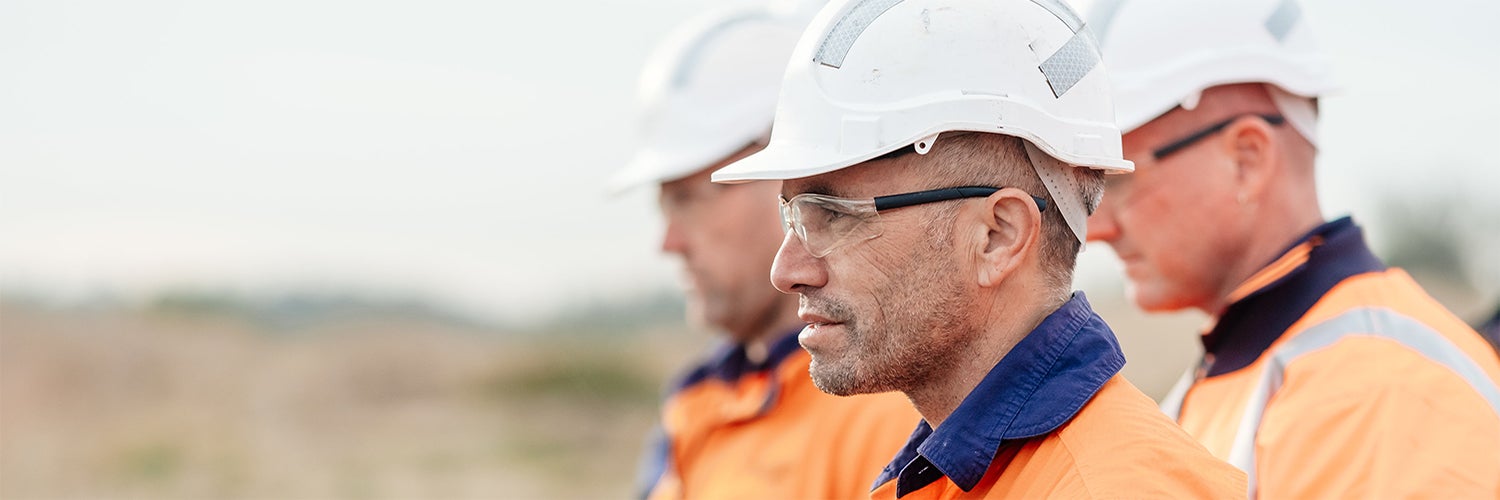Page
OPINION: Mining is a local industry and part of the community
This opinion piece originally
featured in the Newcastle Herald on Wednesday July 8 2015
It’s true, the mining industry talks a lot about the jobs and the economic contribution the industry makes to the Hunter. This shouldn’t be too surprising considering around 12,000 local people are directly employed in mining in the region, with thousands of others in jobs supported by mining, from hospitality to health workers, mechanics to manufacturers.
The industry has to fight hard to remind decision-makers how important mining is to the jobs of real people. Sometimes it’s easy to forget that the industry is not just made up of mining companies, but also thousands of individuals doing their best to earn a living to support themselves and their families.
We’ve already seen around 4,000 Hunter mining jobs lost over the last two years and the region as a whole has reached an unemployment rate of 12.4% – twice the state average. Under these circumstances we need to ensure that those deciding on the policies for our industry understand the implications of their decisions go beyond the costs to companies – real people are affected too.
That’s why it’s been so encouraging that even during these tough times we’ve seen so many people rally around the industry, declaring their support for local mining and local mining families. This has been even more so in those Hunter communities close to where mining takes place.
Recent research of community attitudes towards mining conducted by ReachTel across the Singleton and Muswellbrook Local Government Areas found that 81 per cent of respondents in Singleton and 72 per cent of respondents in Muswellbrook believe jobs should be given ‘high’ or ‘highest’ priority when decisions about whether major projects like mines should be approved.
The research also found that the vast majority of respondents – nearly 87 per cent in Singleton and 77 per cent in Muswellbrook – believed mining was ‘important’ or ‘very important’ for the economic future of the local community.
The support demonstrated in this research is reinforced by the recent support for local mining events, like the thousands of people who participated in the Hunter Coal Festival earlier this year, and the many thousands more who wore hi-vis to support miners and cheer on the Newcastle Knights when they defeated the Panthers at the recent Voice for Mining Family Day at Hunter Stadium.
However, mining cannot take this support for granted. As a spokesperson from one of the Hunter mining companies said at the recent Hunter Coal Festival lunch, mining companies must respect the fact that ‘…we don’t have a God-given right to operate, extend or build and that we understand that we’re part of the community.’
The mining industry takes its presence in the community very seriously. Our miners and their families are part of the community, and many are from local families who have been proud miners for generations. Unlike some of the more remote mining regions in Queensland and Western Australia, the Hunter mining industry doesn’t have a ‘fly-in-fly-out’ workforce, because most of our workers live, work and raise their families in communities near where mining takes place – Singleton, Muswellbrook, Branxton, Denman, Maitland, Cessnock, Lake Macquarie and many other towns right along the Valley. They breathe the same air, see the same views, drive the same roads, and send their children to the same schools as their neighbours and friends in their local communities.
That’s one of the reasons why Hunter mining companies established the Upper Hunter Mining Dialogue. It’s been operating for nearly four years and has proven to be an effective and practical way that local miners, community and business leaders, environmental groups, residents, regulators and other industries can get together to identify and discuss the challenges of living in a mining community, and how to work together to meet these challenges. Through the the Upper Hunter Mining Dialogue we have seen new ways of thinking and working together to look at the impacts of mining.
The industry recognises that we need to demonstrate our good intentions through actions, not just words. To this effect, a range of practical on-the-ground projects have been identified and initiated, including measurement of progress on rehabilitation, cattle grazing trials on rehabilitated mine land, better local advocacy for infrastructure funding, and the use of weather forecasting to help plan mine operations. It’s a promising start and a good foundation to build ongoing trust and relationships between the people who work in mining and those who have genuine concerns about aspects of mining operations.
Mining doesn’t pretend to be infallible. There have been times when mistakes have been made, and had to be rectified. There have been occasions when we have not performed to the standard expected of us. And there are always going to be some who will be cynical of our intentions, no matter what we do. However, the people working in mining in the Hunter do care about the local community, because they are proudly part of the Hunter community, and will be for generations to come.
Stephen Galilee
CEO
NSW Minerals Council

